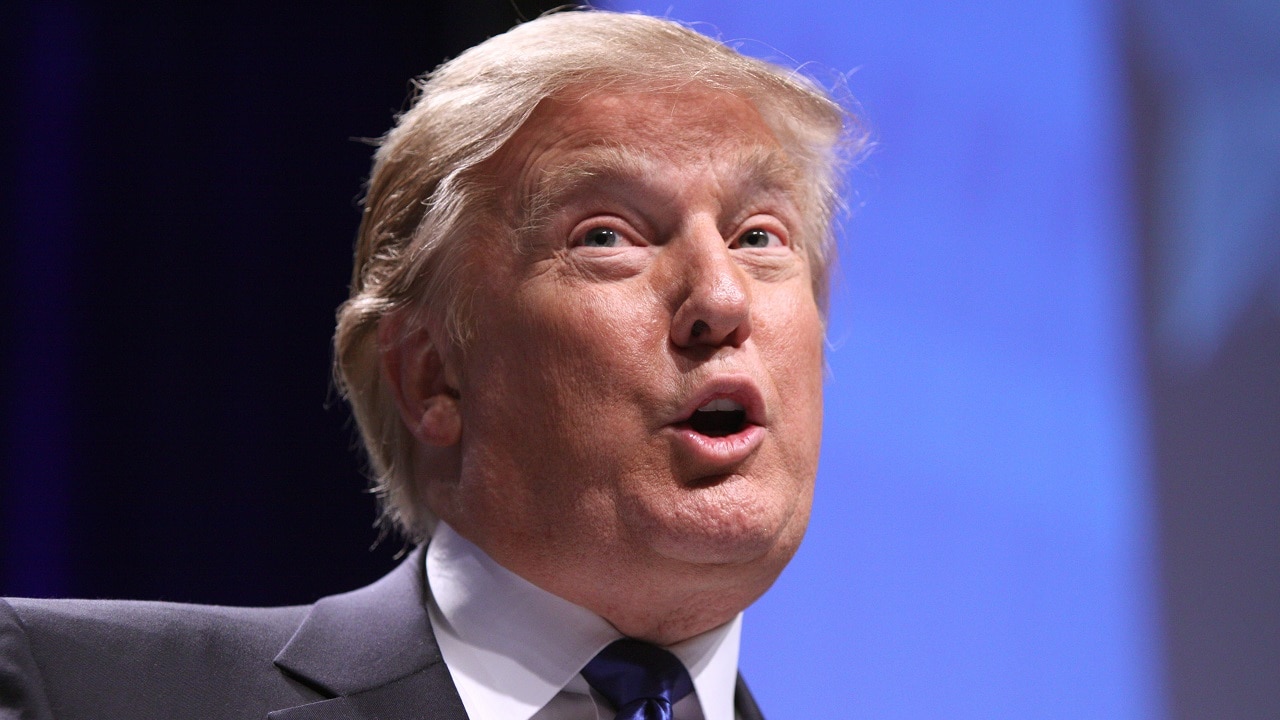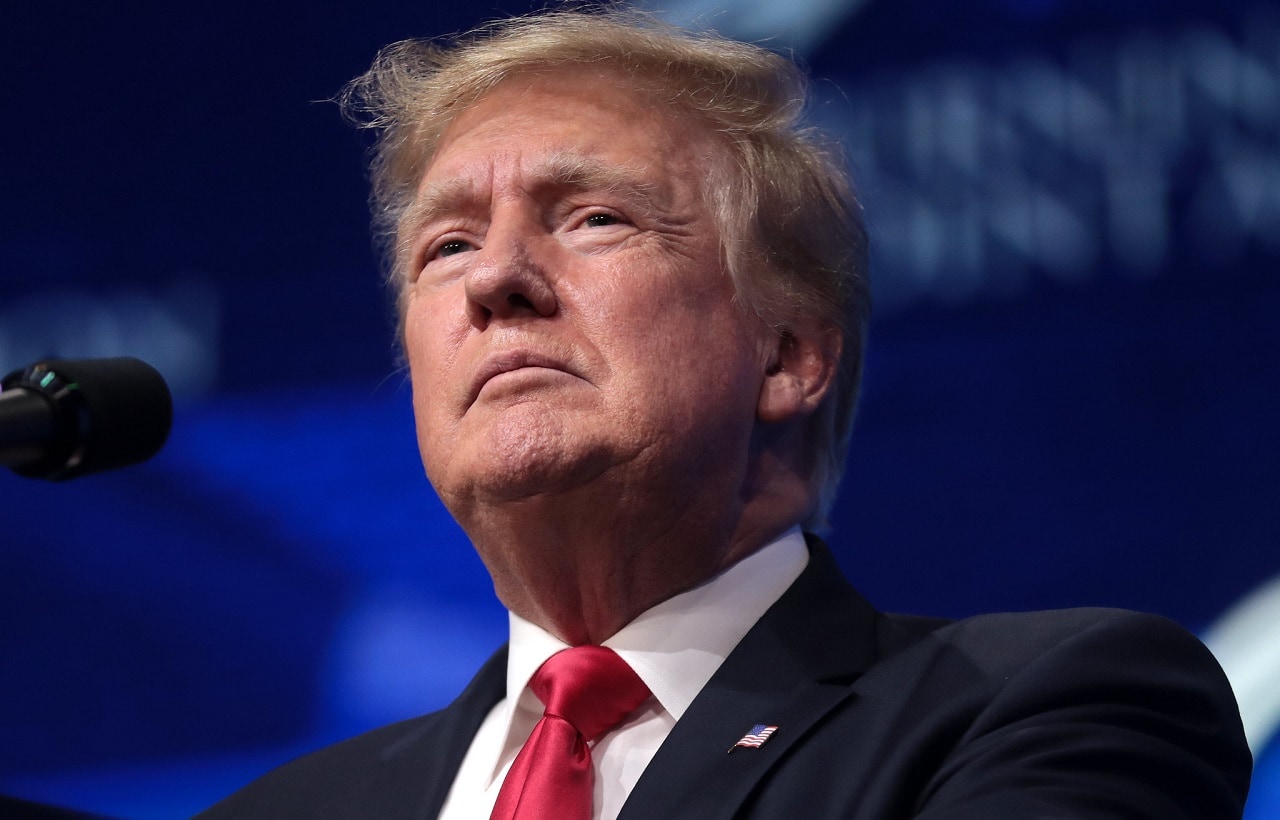While the Trump Administration has been running roughshod over Washington in its opening weeks, promising to cut or even eliminate—or “delete”—government agencies through Elon Musk’s Department of Government Efficiency (DOGE), things have moved considerably slower on Capitol Hill.
The president’s agenda entails cutting taxes, extending his 2017 tax cuts, and pushing other tax ideas, such as eliminating taxes on tips. In a meeting during the first week of February, the president told House Republican leaders that he wanted to end not only taxes on tips but also taxes on Social Security benefits, in addition to extending his tax cuts.
However, some Republican hardliners in Congress are demanding different priorities, with some calling for addressing the deficit and others pushing for an even bigger adjustment of the SALT cap. The House and Senate caucuses have different priorities.
If Trump wants to pass his agenda, he must keep enough elected officials happy to get through both houses of Congress with a bare majority in the House of Representatives.
The Latest Plan
On Thursday night, the House Budget Committee passed a “budget blueprint,” which got through the committee on a party-line vote of 21-16. According to NBC News, the blueprint passed following a “marathon daylong session” and will now go before the full House.
The blueprint includes $4.5 trillion in tax cuts and $1.5 trillion in spending cuts from “mandatory programs,” as well as a provision that ties spending cuts to tax cuts. In a statement, House Budget Committee Chairman Jodey Arrington (R-TX) called it “a blueprint for restoring America’s security, prosperity, and leadership in the world.”
Politico described the passage of the blueprint as having appeased hardliners. Members of the House Freedom Caucus had pushed for late changes and ultimately agreed to support the new framework.
So far in the talks, the House GOP has been pushing to get the package done in one bill—”one big beautiful bill,” as Trump has described it in interviews—while Senate Republicans would prefer to pass two bills. The first would emphasize immigration and energy policy, with the second, later in the year, focusing on taxes.
An Immigration Disagreement
On the Senate side, the Senate Budget Committee passed a very different framework that takes multiple tracks and will leave consideration of taxes until later in the year.
There’s another difference between the two chambers: Senate Republicans are seeking to spend $175 billion for immigration enforcement, while House Republicans are calling for only $110 billion, according to NBC News.
According to Roll Call, both chambers would have to pass the same budget resolution to start writing a reconciliation bill, which could pass the Senate with a simple majority rather than a filibuster-proof one.
Another Demand From the Senate Side on Trump
Also, on Thursday, a group of Republican senators wrote in a letter to the president that they would refuse to support any tax bill that does not make Trump’s 2017 tax cuts permanent.
The group includes Senate Majority Leader John Thune (R-SD) and Senate Finance Committee Chair Sen. Mike Crapo (R-ID).

Donald Trump speaking at CPAC 2011 in Washington, D.C.
The senators declared in their letter to Trump that “a temporary extension of these pro-growth and pro-family policies is a missed opportunity.”
About the Author: Stephen Silver
Stephen Silver is an award-winning journalist, essayist and film critic, and contributor to the Philadelphia Inquirer, the Jewish Telegraphic Agency, Broad Street Review and Splice Today. The co-founder of the Philadelphia Film Critics Circle, Stephen lives in suburban Philadelphia with his wife and two sons. For over a decade, Stephen has authored thousands of articles that focus on politics, technology, and the economy. Follow him on X (formerly Twitter) at @StephenSilver, and subscribe to his Substack newsletter.

